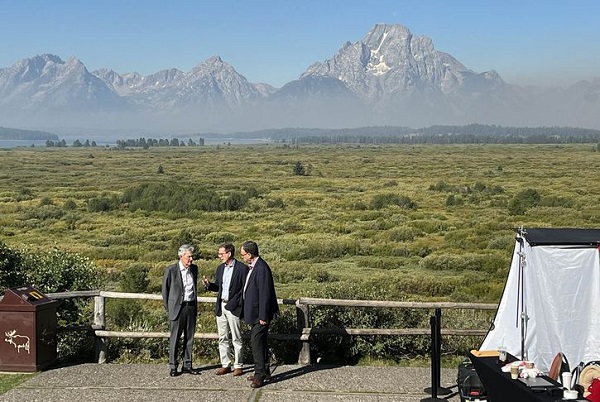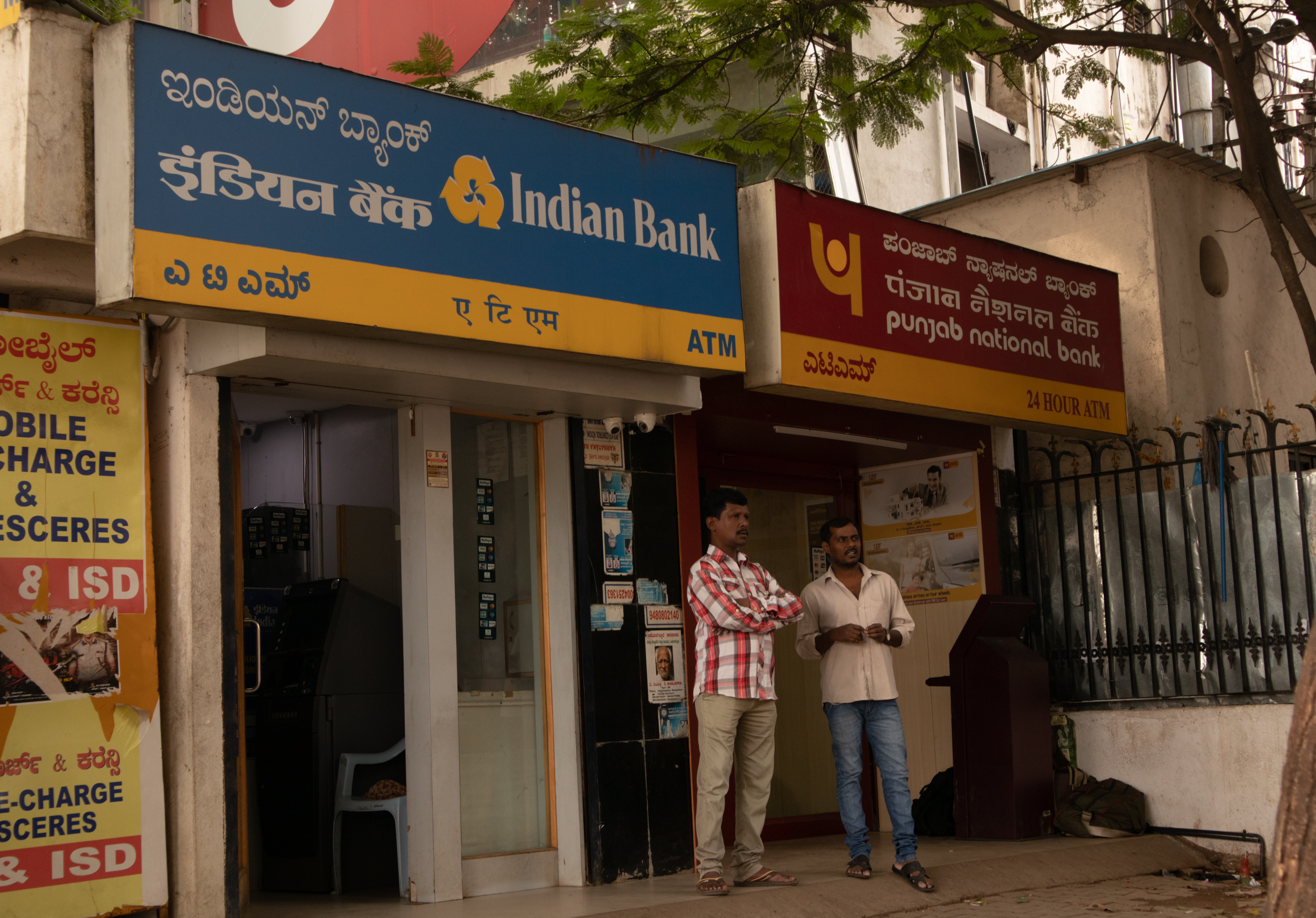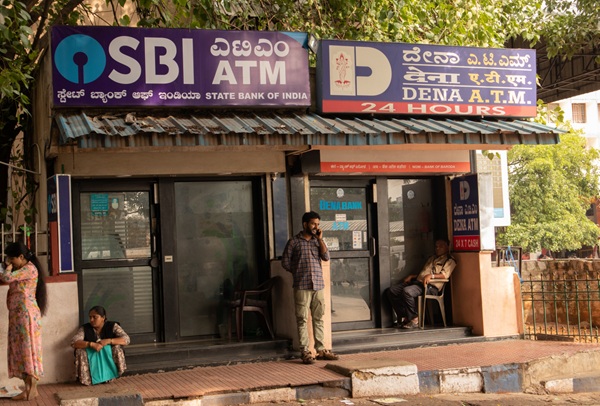.png)
By Datametricx
Datametricx is a veteran journalist tallying the macro game, keeping score of the numbers that shape India’s economy and policy.
September 18, 2025 at 8:11 AM IST
India’s retail inflation may be on the cusp of an extraordinary dip. A combination of goods and services tax restructuring and a favourable statistical base effect could drive headline inflation close to zero in October. If realised, this would mark the first time since the CPI Combined series was launched in 2011 that inflation falls anywhere near such territory. The lowest recorded print so far was 1.5% in June 2016, and even that was viewed as exceptional.
The shift in GST rates is central to this disinflationary impulse.
The GST Council has collapsed the earlier four-slab structure into three: a 5% merit rate, an 18% standard rate, and a new 40% rate reserved for sin and luxury goods. Items that previously attracted a 12% rate have mostly moved down to 5% or, in some cases, to zero. Goods in the 28% bracket have dropped to 18%. Even among items now charged 40%, the effective incidence is likely to fall because the earlier 28% levy carried additional cesses that will now disappear, except on cigarettes and chewing tobacco.
The government is expected to maintain their tax burden through excise and contingency duties once existing GST compensation bonds are repaid, which means prices of these products will not soften.
The new rates will take effect only from September 22, so October CPI will be the first month to fully capture their impact.
If businesses pass on the cuts completely, headline inflation could drop by about one percentage point. With a more partial pass-through, the impact may be closer to 0.5 percentage points. Even in that conservative case, retail inflation in October-December could average 2.6%, below the Reserve Bank of India’s projection of 3.1%.
For January-March, the forecast could ease to 3.9% compared with the earlier 4.4%.
The base effect will be even more potent.
In October last year, the CPI index jumped 1.3% month on month, nearly double the historical average of 0.7%. This elevated base means that even a modest correction this year would sharply pull down the year-on-year print.
For instance, if the CPI rises 0.2% sequentially in September and falls 1% in October due to GST reform, headline inflation could turn negative, at minus 0.7%. Under a more conservative set of assumptions, with a 0.5% sequential rise in September and a 0.5% fall in October, the inflation rate would still fall to just 0.1%.
For the Monetary Policy Committee, this sets up a delicate choice.
Its next meeting from September 29 to October 1 will occur before the full impact of the GST rate cuts shows up in data. Policymakers may prefer to wait until December, when both October inflation and July-September GDP numbers will be available.
By then, they will also have a better sense of how the global backdrop is shifting. The US has imposed tariffs of 50% on Indian exports, and the Federal Reserve is widely expected to cut interest rates by 50 to 75 basis points in 2025. A more benign external environment could give the RBI space to ease if domestic inflation appears truly anchored.
A fleeting dip near zero does not mean price stability is permanently assured. Much depends on whether lower indirect taxes translate into lower consumer prices and whether demand conditions sustain disinflation. For now, though, India is about to witness a moment that seemed unthinkable not long ago. Headline inflation could briefly touch zero, opening a new chapter in the policy debate.
The real challenge for the RBI will be to look through the statistical mirage and decide whether this disinflation is signal or noise.




